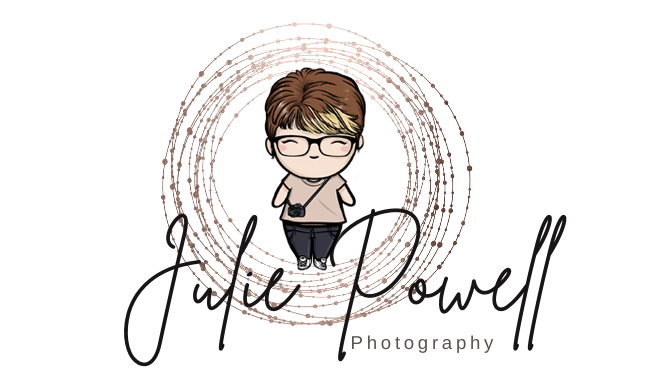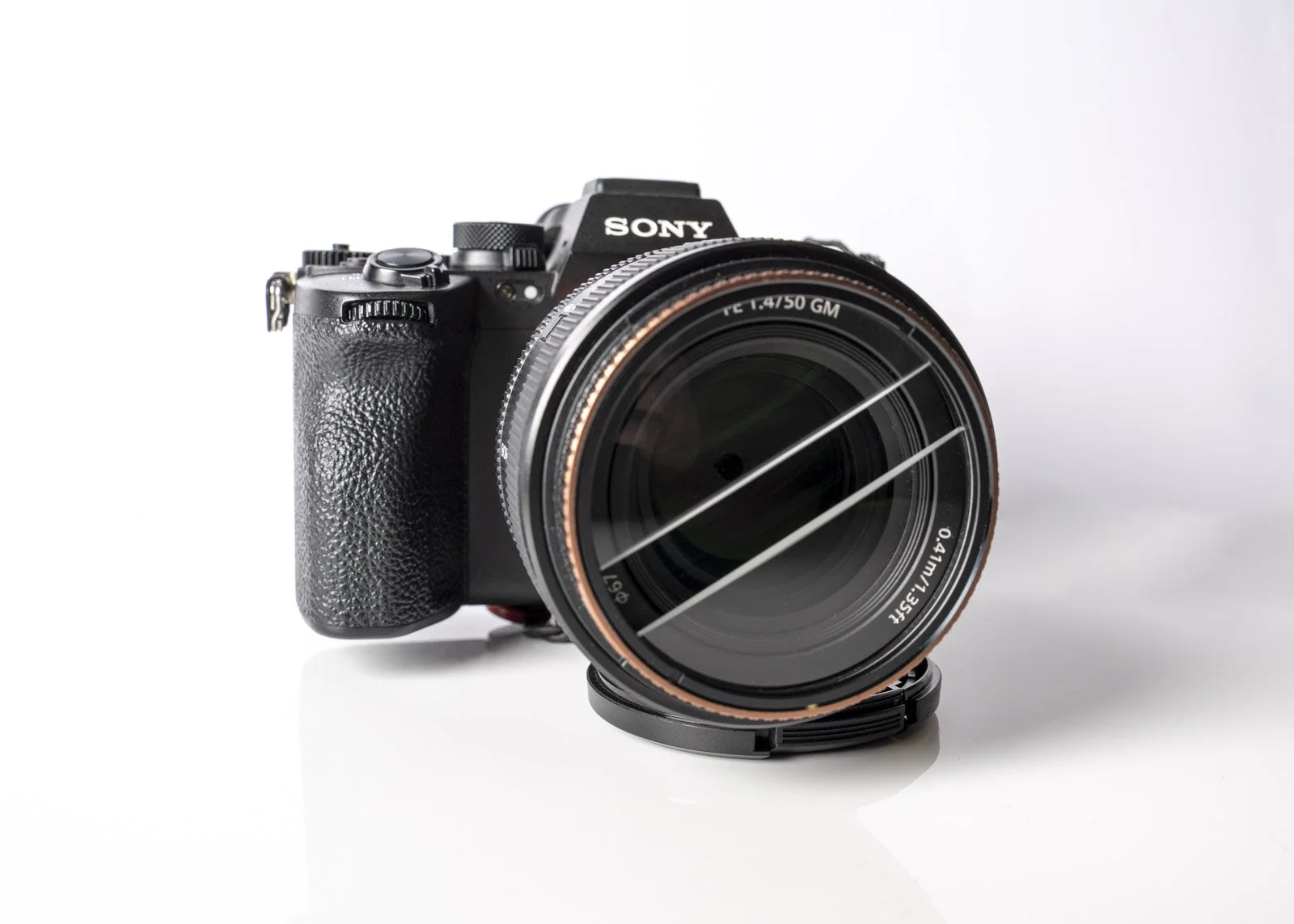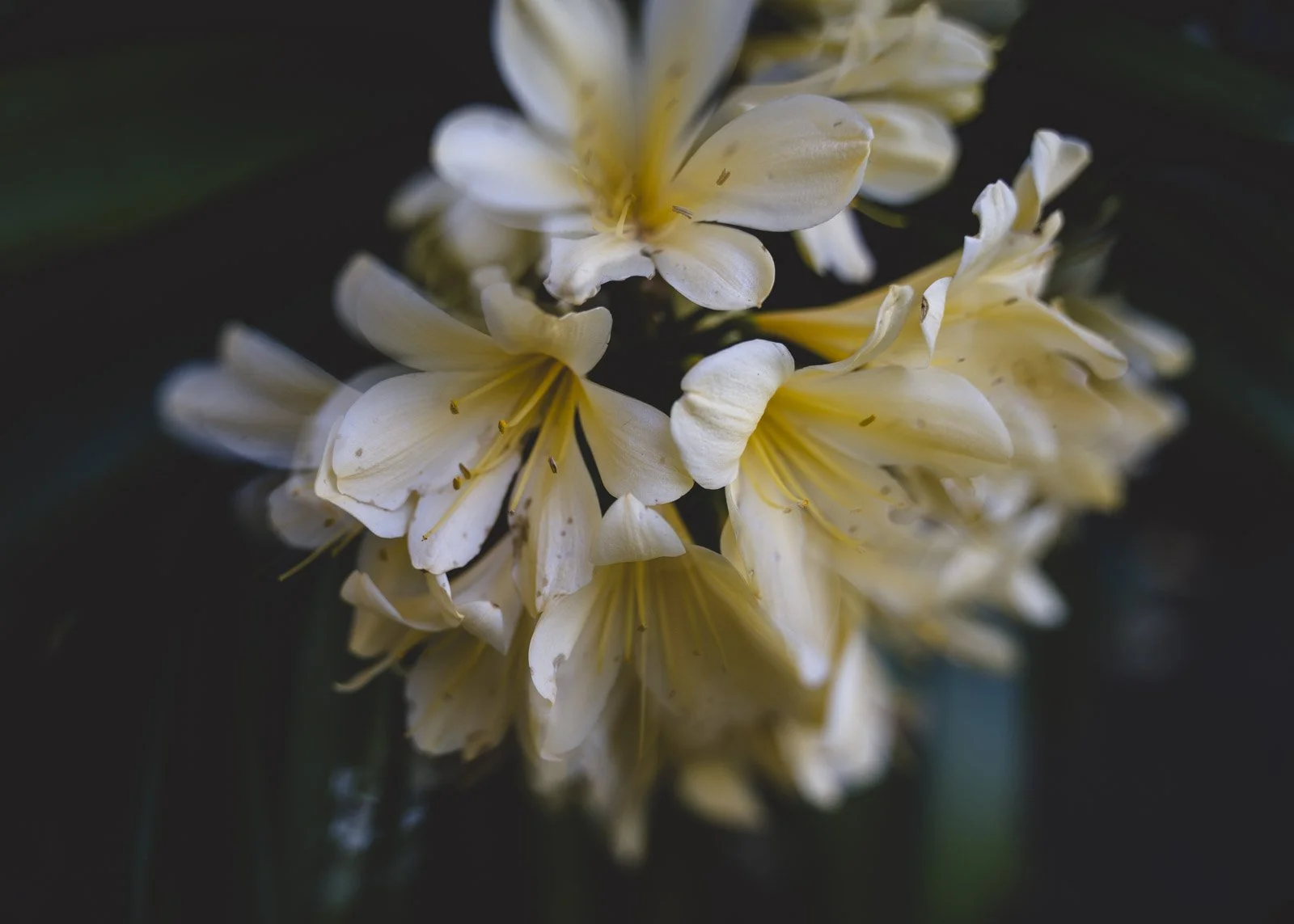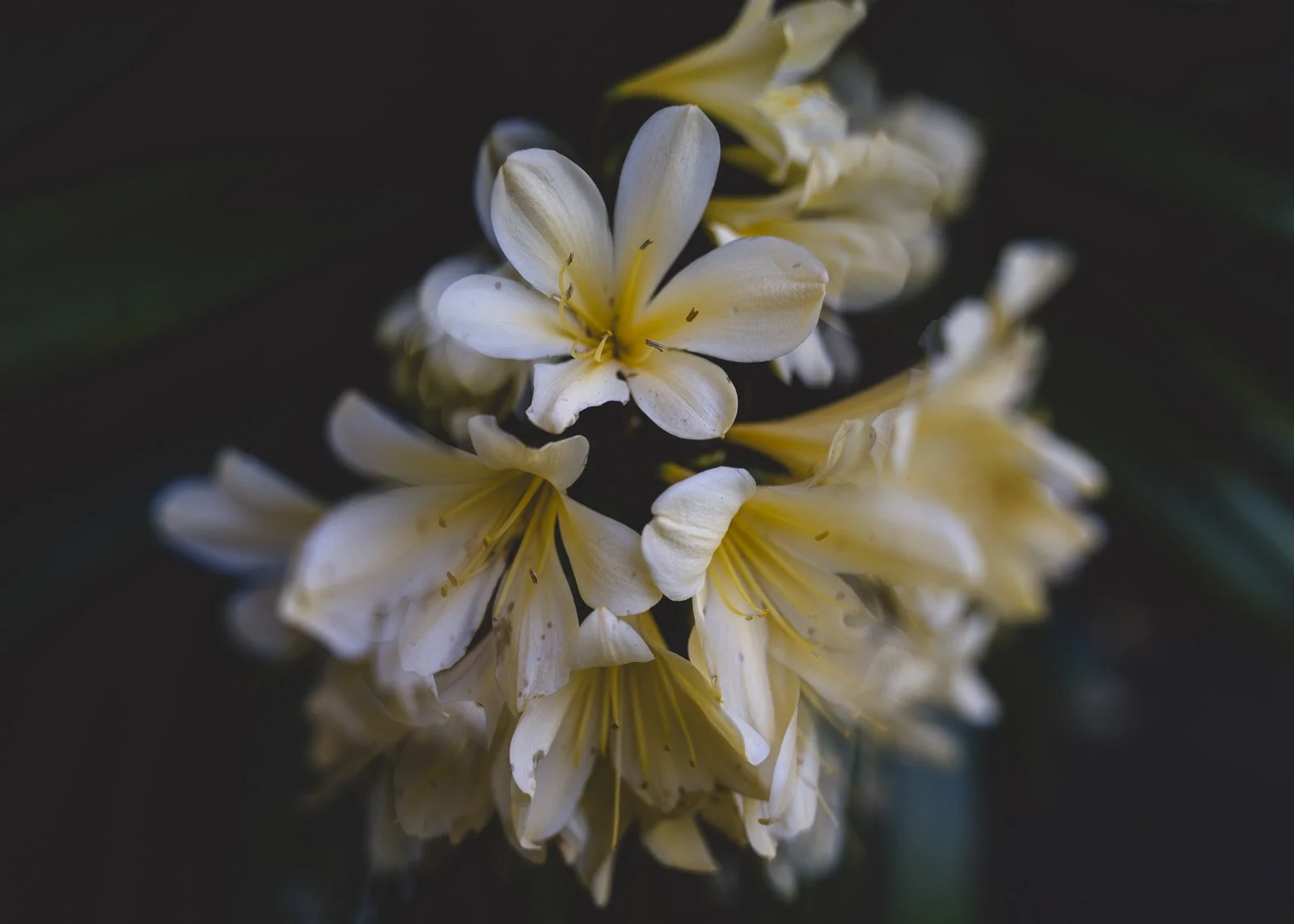PolarPro Spectra Centre Split Filter (67 mm) Review
Do You Really Need Another Filter? Maybe You Do, Maybe you Don’t — Meet the PolarPro Spectra Center Split Filter
If you’re anything like me, you’ve probably got a drawer full of filters — ND, CPL, diffusion, star, you name it. So, do you really need another one? Maybe. Especially if you’ve been craving something that adds a unique, dreamy twist straight in-camera without reaching for Photoshop. That’s where the Spectra Center Split Filter from PolarPro steps in.
I’ve been testing the 67mm version, and while it might look a little strange at first glance, it’s actually a precision-crafted optical filter designed to add subtle yet striking creative effects, right in your lens.
What Is It and What Does It Do?
The Spectra Center Split Filter is part of PolarPro’s innovative Spectra Creative Filter Collection, designed to spark visual experimentation for photographers and filmmakers.
This particular variant features a horizontal split design that creates a mirrored or double-vision effect across the centre of your frame. Essentially, it allows you to bend and duplicate light or subjects within a single shot, creating dreamy reflections or split-screen illusions without needing post-processing.
Think of it as a modern twist on an old-school prism, but with much more control. You can rotate it to adjust the split line’s angle or orientation, horizontal, vertical, diagonal, making it incredibly versatile for creative portraiture, experimental product shots, or cinematic video transitions.
The focal length can also affect the refraction. At 28mm, the refraction at the edges is strong, with dramatic distortion because more of the filter is in frame. At 75mm, the look is subtler, with less distortion visible.
Polar Pro Split Filter on Sony A7RV Camera & 50mm lens
Key Features
Split-Field Effect - Keeps the subject sharp in the middle while diffusing above and below.
Creative Edge - Adds a dreamlike, music-video style look you can’t replicate in post.
Cinema Series Glass - Premium build with anti-scratch and anti-reflective coatings.
Field Ready - Rugged housing, reliable mount, compact size.
Specialty Tool - A unique filter for stand-out creative sequences.
Specifications (from PolarPro)
Size: 67mm (also available in 49mm, 77mm and 82mm & Helix)
Glass: PolarPro Cinema Series® – anti-scratch, anti-reflective, low-dispersion optical glass
Effect: Center-sharp, top/bottom diffused split-field effect
Strength: Fixed optical split — bold at wider focal lengths, more subtle at longer focal lengths
Coatings: Multi-layer coatings for glare reduction and colour neutrality
Housing: CNC-machined aluminium frame, matte black anodised finish
Compatibility: Available in Helix MagLock® mount or standard threaded versions
Filter Sizes: Helix MagLock, Threaded sizes: 67mm, 77mm, 82mm
Included: Protective hard case and cleaning cloth
Who Is It For?
The Spectra Center Split Filter is designed for creators who love to experiment. If you’re into conceptual portraiture, fashion, surrealism, or cinematic storytelling, this filter opens up new in-camera possibilities.
It’s especially great for:
Portrait photographers looking to add a reflective symmetry or ethereal vibe
Videographers wanting in-camera transitions or layered effects
Still life or product shooters who enjoy bending reflections for artistic flair
If you’ve ever played with prisms, mirrors, or glass objects in front of your lens, this filter gives you that same creative freedom — but with far more precision and repeatability.
In Real-World Use
In practice, the Spectra Centre Split Filter works best when you have clear separation in your scene — like a portrait subject against a textured background, or a skyline reflected against the horizon. Rotating the filter changes the orientation of the split, and even a slight angle can completely alter the mood.
Mounted on my 67mm portrait lens, it produced these beautiful, almost ethereal reflections — like the subject was existing in two dimensions at once. With some creative lighting and a little experimentation, you can achieve anything from subtle duplication to full-on dreamy surrealism.
Pros
Gorgeous, in-camera optical effects with no digital trickery
Easy to clean and resistant to smudges
Lightweight, portable, and easy to use (once through the small learning curve)
Excellent compatibility across lens systems
Cons
Best used with intention — it’s a creative effect, not an everyday filter
Very specialised: not a replacement for standard filters
Requires experimentation to master (angle and subject distance matter)
Learning curve to use it effectively (especially with lighting and subjects)
Strong bloom or reflection effects may overpower subtle scenes
Might conflict with stacking too many filters or ND / polariser combos (be careful)
Sample Images, taken with Sony A7RV and Tamron 28-75mm F/2.8 lens. Click on the image to see full sized.
How & When to Use It
Scenario - Approach / Tip
Portraits - Centre your subject, use split to reflect hair, shoulders, or background lines. Try rotating to make eyes “double.”
Architectural / Geometry - Align split with building edges or horizon, mirror upper/lower planes.
Motion / Silhouettes - Use motion blur or panning — the filtered areas smear in interesting ways.
Lighting Control - Watch out for strong light sources crossing your split line — can create flare or artifacts.
Combining Filters - Use thin ND/UV filters first; avoid thick stacking. Best to Test before committing to a full session.
I tried the split filter at a ballet session…loved the results, but it did make it challenging to nail the focus.
I tried it at a Gatsby-styled portrait workshop too. It gave some interesting affects to the images.
Final Thoughts
The PolarPro Spectra 67mm Centre Split Filter isn’t for everyone — and that’s exactly what makes it special. It’s not about correction or enhancement; it’s about creation. It encourages you to see differently, to play with light and perspective in ways that feel refreshingly analog in our digital age.
If you’re a creative portrait photographer, filmmaker, or visual artist looking to inject a bit of surreal magic into your work, this filter might just reignite your creative spark.

























